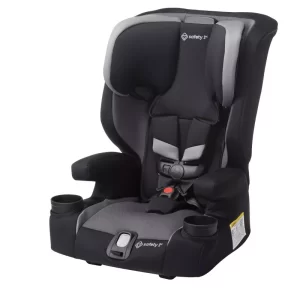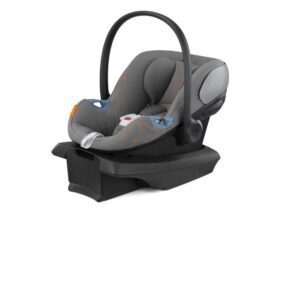What to Do When Hydroplaning [Video]
![What to Do When Hydroplaning [Video]](https://www.insurancenewsmag.com/wp-content/uploads/2022/01/What-to-Do-When-Hydroplaning-Video.jpg)
Driving in wet conditions can cause several issues, including lowered visibility or the need for longer braking distances. It can also cause your car to hydroplane.
If you’ve ever driven on wet roads or through a puddle of standing water and felt like you didn’t have control of your vehicle, you may have already experienced this. Since this can happen to any driver at one time or another, it’s important to know what to do when hydroplaning.
What is hydroplaning
Hydroplaning is usually caused by too much water between your tires and the road. This can cause your tires to lose contact with the surface and subsequently lose traction. Some of the contributing factors to hydroplaning include: [1]
Vehicle speed: As the speed of your tires increases in water, their traction decreases
Tire tread depth: Worn tire tread decreases traction and increases your chances of hydroplaning
Depth of the water: The deeper the water is, the faster you’re likely to lose traction
How to handle your vehicle when hydroplaning
No matter how safe of a driver you are, hydroplaning can still happen. Let’s look at what you should do when that occurs.[2]
Remain calm and slow down. Avoid the natural urge to slam on your brakes. Instead, ease your foot off the gas pedal.
Use a light pumping action on the pedal if you need to brake. If you have anti-lock brakes, you can brake normally.
Once you’ve regained control of your car, take a minute or two to calm yourself down. Pull over in a safe location and take a few deep breaths before continuing your drive.
How to avoid hydroplaning
There are additional ways to keep yourself safe when hydroplaning — and to minimize your chances of hydroplaning in the first place:
Don’t try turning your steering wheel in the opposite direction that you’re sliding. While this overcorrecting is a normal reaction, the right thing to do is to turn the wheel in the direction you’re sliding.[3]
Don’t ignore tire maintenance. Keep tires properly inflated. Regularly check the tread for wear.[4]
Don’t use cruise control while you’re driving in the rain or on wet roads. Your car’s cruise control system’s sensors can be less reliable, and you may lose traction.[5]
Keep in mind that hydroplaning can occur at any time you are driving in wet conditions. Knowing how to handle it properly can keep you, your passengers and others on the road safe.
When driving in the rain make sure to practice safe driving.
[1] https://www.smartmotorist.com/hydroplaning
[2] https://www.idrivesafely.com/driving-resources/how-to/stop-hydroplaning/
[3] https://www.smartmotorist.com/hydroplaning
[4] https://www.idrivesafely.com/driving-resources/how-to/stop-hydroplaning/
[5] https://www.idrivesafely.com/driving-resources/how-to/stop-hydroplaning/






